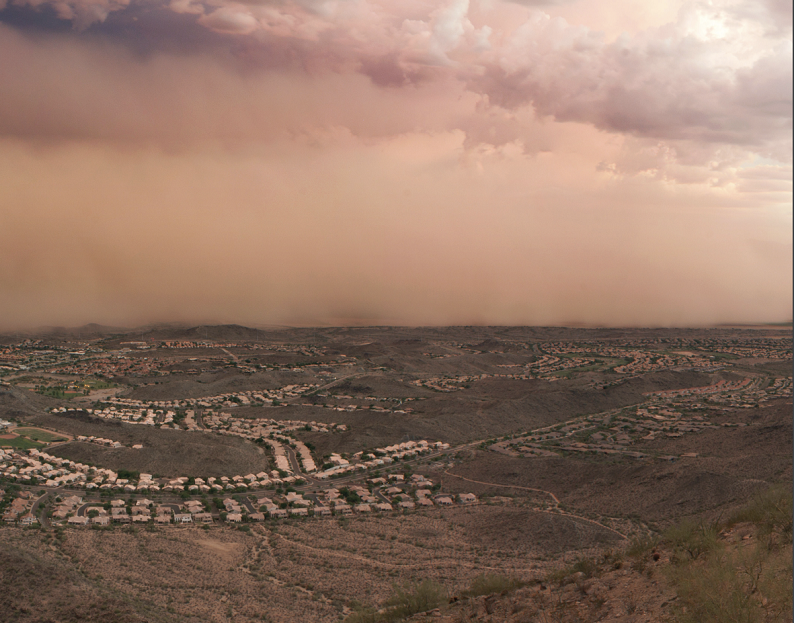Dust storms the size of 350 Giza pyramids enter the atmosphere each year
The United Nations is holding a conference in Uzbekistan to deal with this rapidly growing problem, which has a serious impact on health. Northern and Central Asia are among the most affected areas in the world, with the dried-up Aral Sea as a major source. According to experts, human activities are an important cause, and for this reason mitigation becomes essential.
Samarkand (AsiaNews/Agencies) – Every year two billion tonnes of sand and dust enter the atmosphere, an amount equal to the weight of 350 Great Pyramids of Giza, contributing to the loss of almost 1 million square kilometres of healthy and productive land every year in the world.
Sand and dust storms (SDS), a rapidly growing problem and still largely underestimated, was at the centre of the 21st session of the Committee for the Review of the Implementation of the UN Convention to Combat Desertification (UNCCD) currently underway in Samarkand, Uzbekistan.
The location is not coincidental. More than 80 per cent of Central Asia is covered by deserts and steppes which, together with climate change and long-lasting droughts, represent an important natural source of sandstorms and dust.
The Aral Sea, now dried up, is one of the main sources of SDS with more than 100 million tonnes of dust and poisonous salts, impacting the health not only of people living nearby, but also in much more distant lands, generating damage estimated at US$ 44 million per year.
According to the UNCCD, dust and sand storms are an underappreciated problem that is becoming "dramatically" more frequent in some areas of the world, with at least 25 per cent attributable to human activities.
“The sight of rolling dark clouds of sand and dust engulfing everything in their path and turning day into night is one of nature’s most intimidating spectacles,” said Ibrahim Thiaw, UNCCD’s Executive Secretary.
“In source areas, they damage crops, affect livestock, and strip topsoil. In depositional areas atmospheric dust, especially in combination with local industrial pollution, can cause or worsen human health problems such as respiratory diseases,” said Feras Ziadat, a FAO official who chairs the UN Coalition on Combating Sand and Dust Storms.
“Communications, power generation, transport, and supply chains can also be disrupted by low visibility and dust-induced mechanical failures,” Ziadat added.
“Sand and dust storms present a formidable challenge to achieving sustainable development. However, just as sand and dust storms are exacerbated by human activities, they can also be reduced through human actions,” Thiaw explained.
This explains the importance of monitoring and early warning systems, impact mitigation interventions, interventions on anthropogenic sources at local, national, regional and global levels. All these interventions are at the centre of the debate currently underway in Uzbekistan.
07/04/2018 04:24
07/05/2018 09:18







.png)










